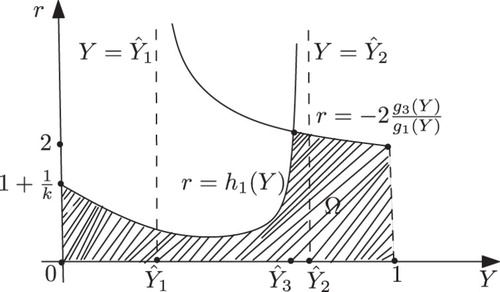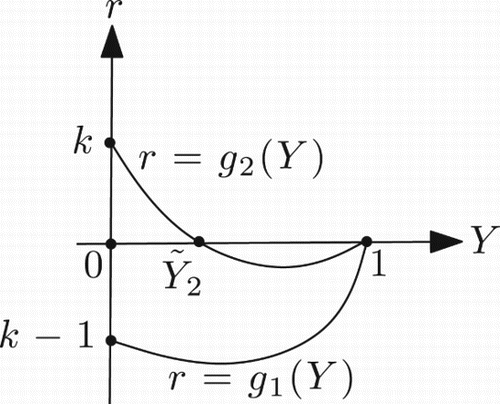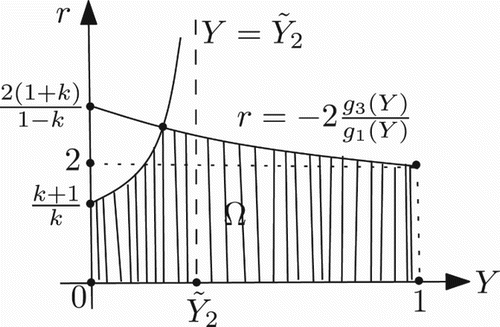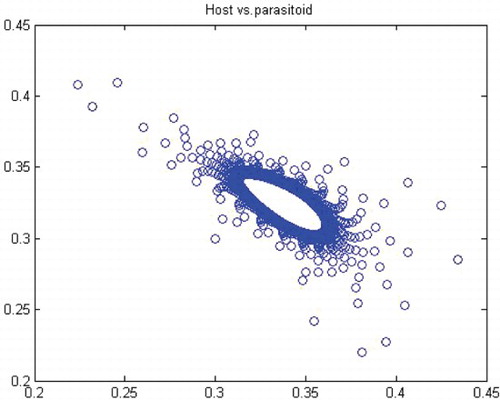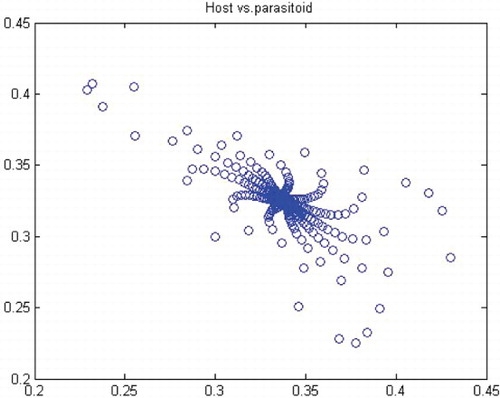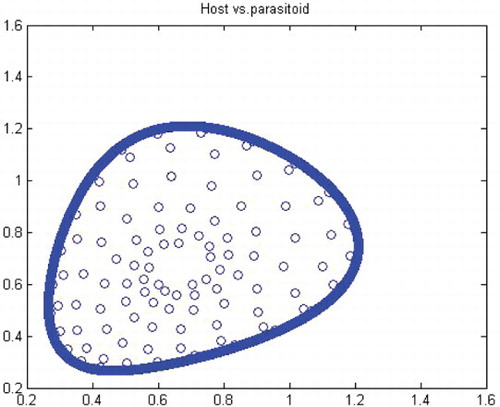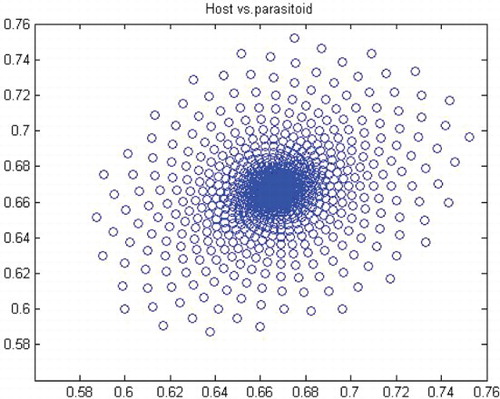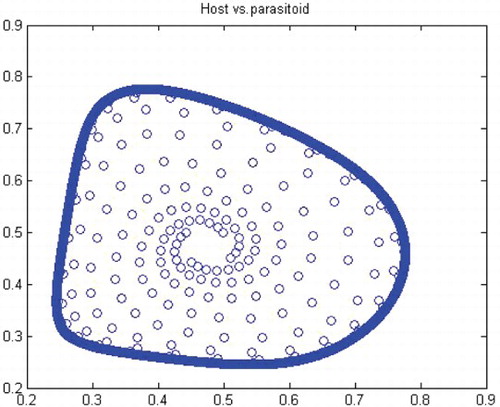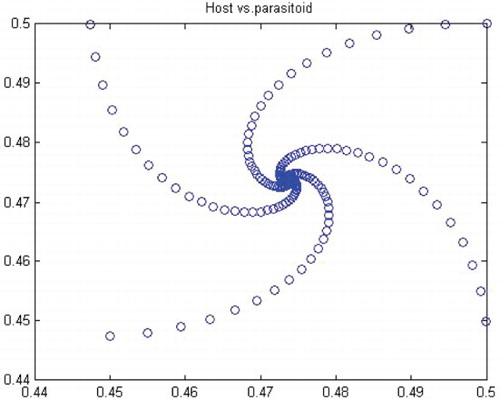Open access
1,989
Views
17
CrossRef citations to date
0
Altmetric
Original Articles
Bifurcations and dynamics of a discrete predator–prey system
Rasoul AsheghiDepartment of Mathematical Sciences, Isfahan University of Technology, Isfahan84156, IranCorrespondence[email protected]
Pages 161-186
|
Received 16 Nov 2013, Accepted 18 May 2014, Published online: 17 Jun 2014
Related research
People also read lists articles that other readers of this article have read.
Recommended articles lists articles that we recommend and is powered by our AI driven recommendation engine.
Cited by lists all citing articles based on Crossref citations.
Articles with the Crossref icon will open in a new tab.

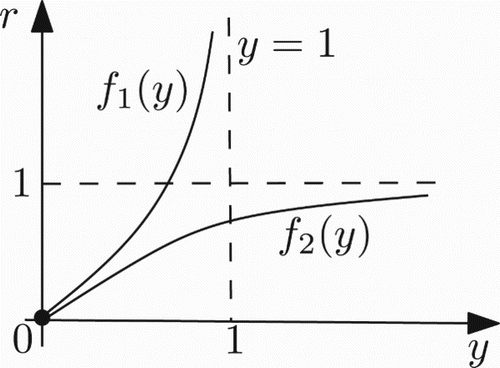
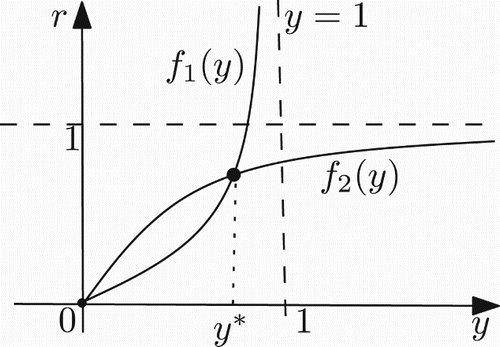
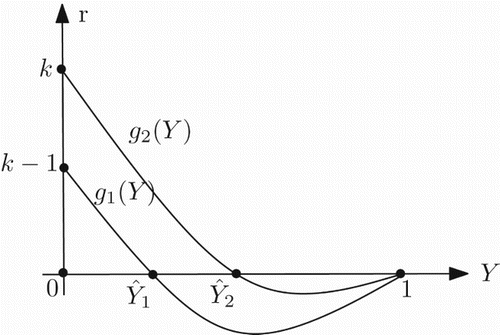
![Figure 4. Position of Ŷ3(k) for k∈(⅓, 1].](/cms/asset/a3227bd9-bd49-4af1-94d2-0ff69ef50a9b/tjbd_a_927596_f0004_b.gif)
